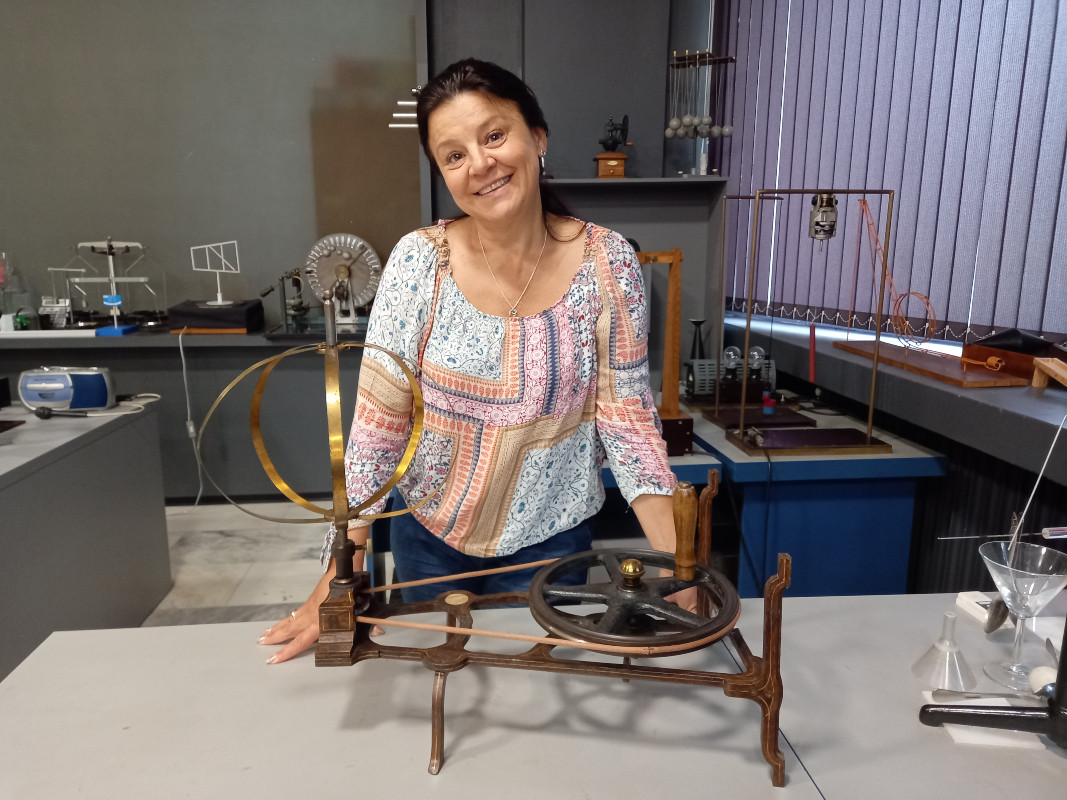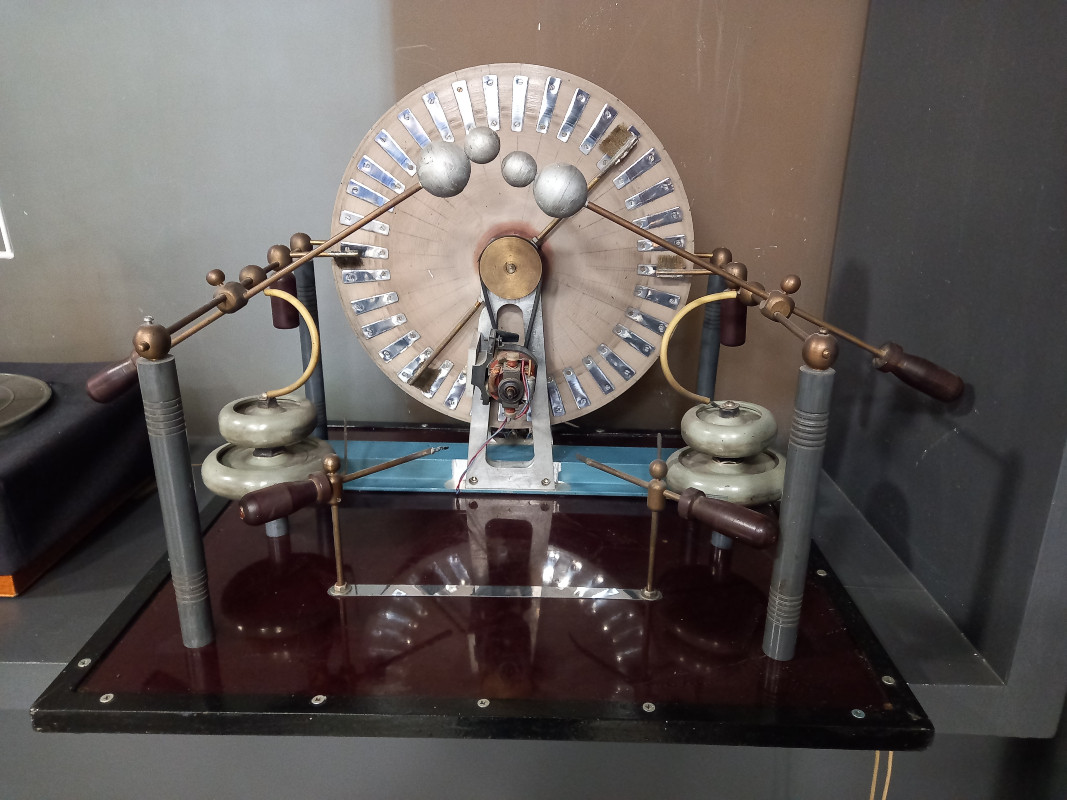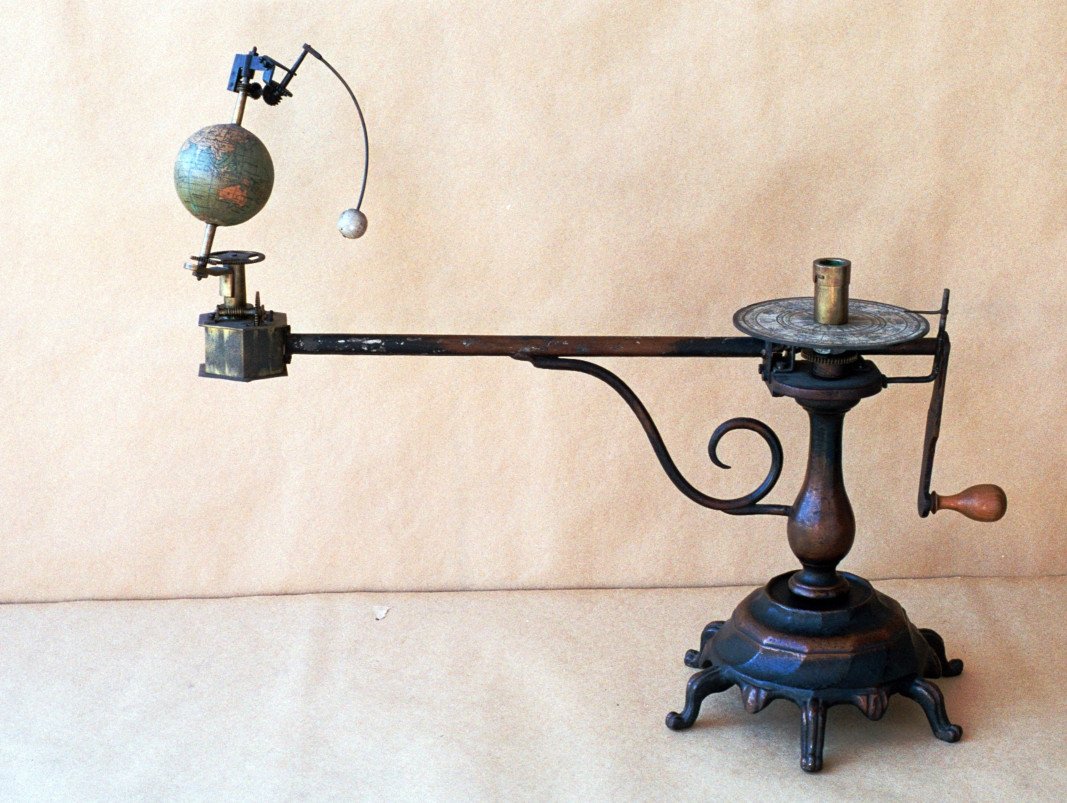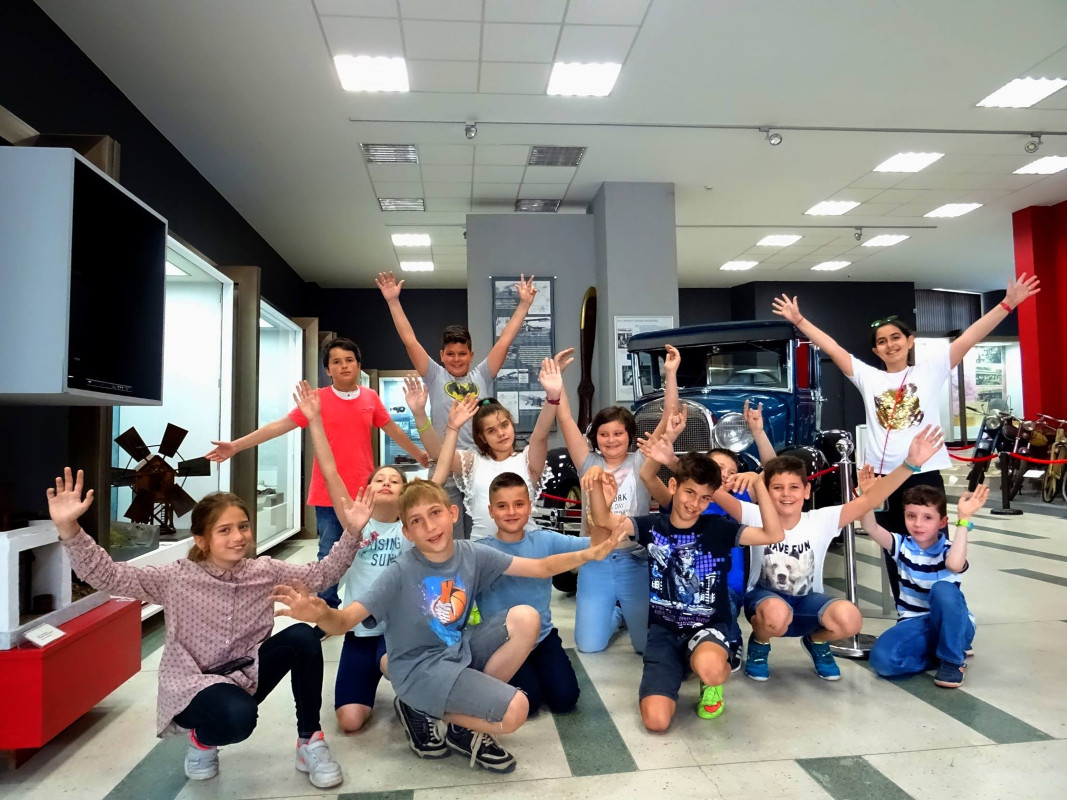On September 15, a total of 1948 schools across Bulgaria welcomed their students and about 57,000 children heard the school bell for the first time. And while the idea of school as a source of knowledge is at the heart of every society, school is not the only source from which children can learn more about the world around them.
“The place of miracles” - that's what people call the demonstration room for fascinating physics lessons of the National Polytechnic Museum in Sofia. This is the place where the interest and love of young and old for this seemingly complex science is being awakened. And physics actually turns out to be pretty interesting.

"The demonstration room helps children understand major laws of physics,” Eng. Veselina Eneva, deputy head of the department "Exposition, work with the public and projects" at the museum says. “The theory is not enough for children to understand the principles, especially of the exact sciences, therefore the educational process takes place in the form of practical training. It is no coincidence that the motto of our office is the famous phrase of Confucius: ‘I heard and forgot. I saw and remembered. I do and I understand.’''
Demonstration as a teaching method originated in Bulgaria in the 70s of the 19th century when physics classrooms were created in high schools in Plovdiv and Gabrovo. The founder was Ivan Gyuzelev, and the first Bulgarian textbook on physics was printed in Belgrade by the famous teacher from Koprivshtitsa, Nayden Gerov, back in the summer of 1849.

For the youngest visitors who do not yet study this subject at school, the demonstration is adapted in order for children to make sense of the fact that there are basic natural laws that science has discovered and that the world around us obey them unconditionally. They are shown that physics is part of everyone's life, even when its principles and laws seem like miracles.

Children are genuinely surprised when they see the device that demonstrates the geoid shape of the Earth and realize that our planet is not a perfectly round sphere.

"Their eyes are shining; they are surprised, but they leave satisfied. There are also those who don't want to leave,” Veselina Eneva says. “It is a matter of pride for the museum that the demonstration room is equipped with devices of historical value. Some of these devices are in working condition and after professional restoration they have been put into operation again. The cabinet is constantly being enriched with up-to-date experimental installations, but the focus remains on the old devices. Being from a bygone era does not take away their ability to hold the attention of children and teenagers. On the contrary, this provides additional value and charm to the experience," Veselina Eneva says.

Here is what Veselina Eneva wished all future participants in the miracles of physics:
“I wish all students and teachers happy first day of school! We thank those who visited us and look forward to seeing you again this school year. Lets discover more miracles!”

Photos: National Polytechnic Museum and Desislava Semkovska
English: Al. Markov
A pistachio plantation has been planted for the first time in Bulgaria near Sandanski (Southwest Bulgaria). It spans 22 decares (2.2 hectares). The investment was made by a Sofia businessman, BNT reported . The first harvest is expected within 2-3..
According to a 2023 National Statistical Institute study, more than 88% percent of households in Bulgaria have access to the Internet. Most users are online every day, and more than 95% are active on social networks. The share of people who read the..
Radio Bulgaria, as a program of the BNR published in 11 languages, has an audience spread over six continents. Part of it has a special attitude towards our country and wants to learn more about its history, culture, traditions and..
In response to a listener's question, in a series of publications Radio Bulgaria presents to its multilingual audience the types of documents giving the..
The traditional "Easter Workshop" will be held from April 23 to 26 in the Ethnographic Exposition of the Regional History Museum - Pazardzhik...
A little over 1,450 Leva is the sum needed per month by an individual living in a one-person household, and a total of 2,616 Leva for the monthly..

+359 2 9336 661
